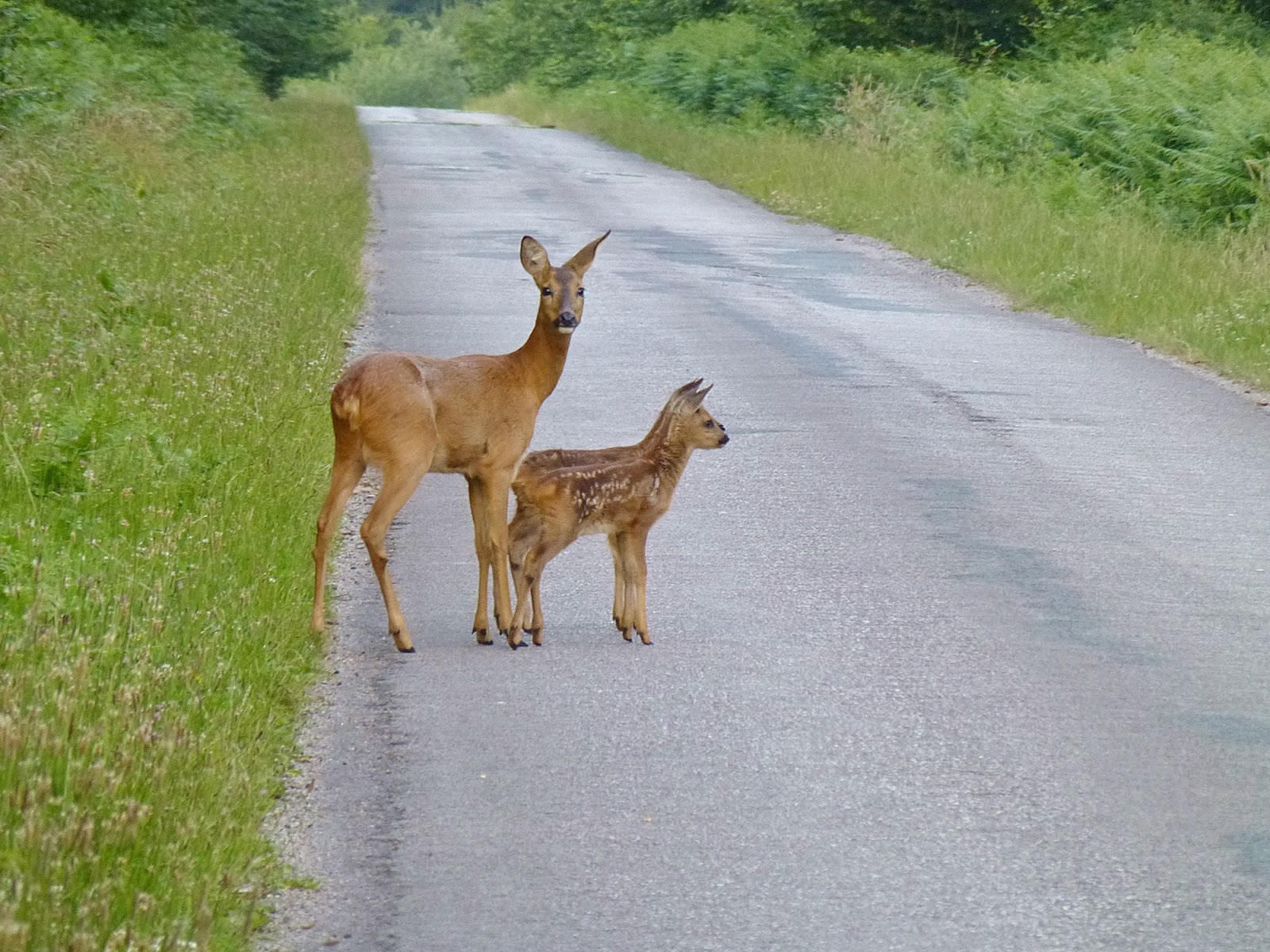Vehicles take their toll on wildlife. Collisions result in high mortality of wild animals in both urban and rural roads. Now scientists have developed a method of detecting the presence of large animals using Roadside Animal Detection Systems (RADS) that consist of sensors that can detect when there is a large animal in the road. The system then activates a series of lights on warning signs positioned along the roadside to alert motorists of the hazard ahead. This can help prevent unnecessary collisions that not only result in wildlife casualties and damage to vehicles, but can also potentially cause a serious accident that poses a safety risk to motorists and their passengers.
Similar wildlife detection systems have been tried and tested with varying degrees of success over the last twenty years of so. Concerned that collisions between wildlife and motor vehicles are posing a serious threat to wildlife populations, a team of scientists from the University of Central Florida have come up with a unique simulation approach to determine the effectiveness of these detection systems.
Working in collaboration with UCF’s Institute for Simulation and Training, the scientists set up a realistic 3-D driving simulator, creating a virtual road along which test subjects drove, complete with animals darting across their path. Some of the drivers were tested with a Roadside Animal Detection System in operation, while others were not. The research team evaluated the drivers’ response to a wild animal running across the road during the simulated test-drive. The team also compared the efficiency of simple, picture-based hazard signs compared to text-based warning signs.
The researchers found that using a simulator to conduct the tests had additional benefits: “We were able to study responses that would be extremely difficult to measure using field observations, such as the precise moment a subject started braking,” said Dr. Daniel Smith, a co-author on the study.
Although the simulations showed that graphical hazard signs were more effective than word-based signage, both RADs versions were more effective at getting motorists to slow down in response to a wild animal, causing them to brake sooner compared to drivers that did not have a warning system on their route.
“There are different types of RADS that vary in how warnings are conveyed to drivers, but they are installed in completely different locations, so their performance can’t be directly compared,” said lead author, Molly Grace, a PhD candidate at UCF. “So, it was decided that rather than just performing traditional, on-the-ground monitoring of a single RADS, we would conduct a carefully-controlled simulation study in which we could vary aspects of the system.”
The virtual road created in the simulator was modeled after Highway 41 located in Big Cypress National Park, Florida, where a RADS was installed in 2012 to reduce road-kill of the endangered Florida panther. “Road-kill is the largest controllable source of mortality for the Florida panther, and has been increasing virtually every year,” said co-author, Dr. Reed Noss.
“As more is learned about Roadside Animal Detection Systems, it is possible that we may start to see more of them at roadkill hotspots like the one in Big Cypress, hopefully making roads safer not just for panthers and other wildlife, but for humans as well,” he added.
Journal Reference
Grace MK, Smith DJ, Noss RF (2015) Testing alternative designs for a roadside animal detection system using a driving simulator. Nature Conservation; doi: 10.3897/natureconservation.11.4420




